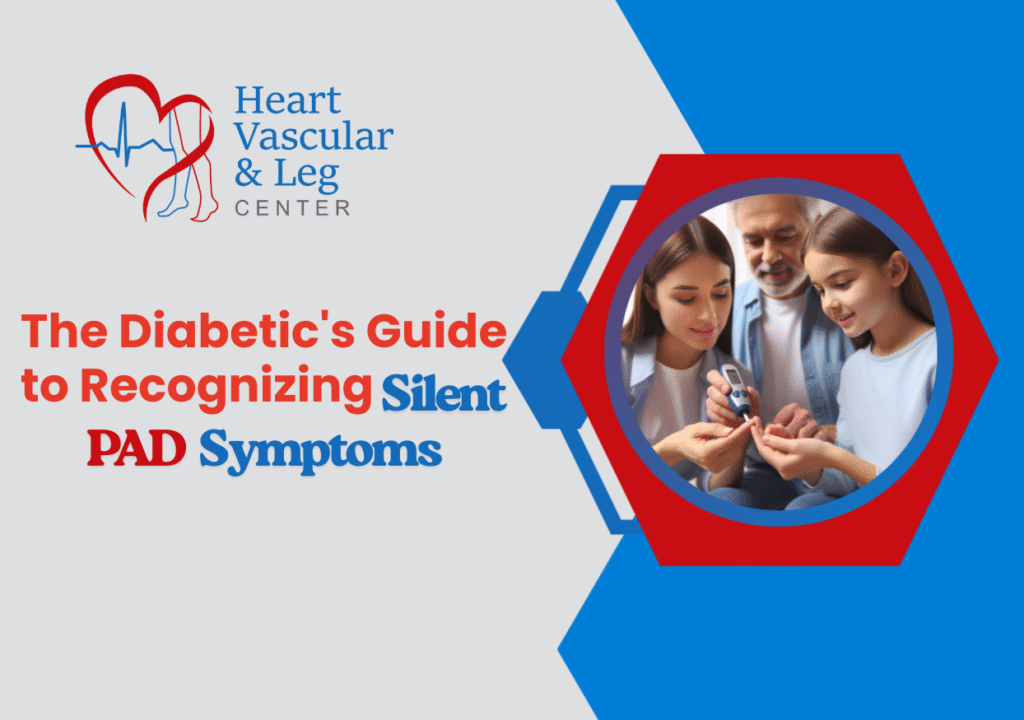
Living with diabetes means being aware of changes in your own body, especially those that may not seem significant initially.
Peripheral Arterial Disease, or PAD, is one of the conditions that can develop silently.
In diabetics, the detection of these early indicators will help prevent severe complications in adulthood.
Some changes occur that predispose you to PAD when you have diabetes:
This quiet progression makes it important to know what to look for, even when you feel fine.
What You Might Notice on Your Skin
Your legs and feet sometimes signal circulation changes through:
Temperature and Healing Differences
Circulation issues often show up as:
Energy Changes in Your Legs
Your legs might feel different during normal activities:
When diabetes and circulation issues combine, healing becomes more complex:
This is why any cut or sore on your legs or feet is worth having checked, no matter how small it seems.
Circulation problems in your legs can signal broader health patterns:
Taking care of leg circulation often helps your heart health too.
At Heart Vascular and Leg Center in Bakersfield, the team understands how diabetes and circulation work together:
The center has been serving families in Kern County with advanced care that fits into your life.
In case you have observed any of these changes, you might want them to be checked. There are usually easy and efficient modern treatments, particularly when begun early.
Most people discover that their circulation problems are actually something that makes them feel better.
The trick is not to wait until the symptoms are quite noticeable and painful! Even minor adjustments today will save larger problems in the future.
The experienced team at Heart Vascular and Leg Center has spent over 30 years helping people with diabetes protect their vascular health.
Schedule a consultation to learn about your options. Visit heartandleg.com today.
What are the early warning signs of PAD?
Leg and foot cramps or discomfort at night. Look for subtle changes like cooler feet, slower healing, skin texture differences, and leg fatigue during normal activities. Many early signs are easy to miss, especially with diabetes.
How can I test my PAD at home?
Notice temperature differences between legs, watch how quickly small cuts heal, and pay attention to energy changes during walking.
Professional testing gives you the complete picture though.
How to tell the difference between PAD and peripheral neuropathy?
PAD can reduce blood supply to nerves and cause neuropathy. Neuropathy usually involves numbness or tingling, while PAD affects circulation and healing.
Having diabetes means you might experience both, making professional evaluation important.
How do you test for PAD symptoms?
Doctors use simple tests that compare blood pressure in your arms and legs, along with ultrasounds to check blood flow and identify any circulation issues.
© Copyright 2024 Vascular Health Partners LLC. All Rights Reserved
Designed By CyberWorx